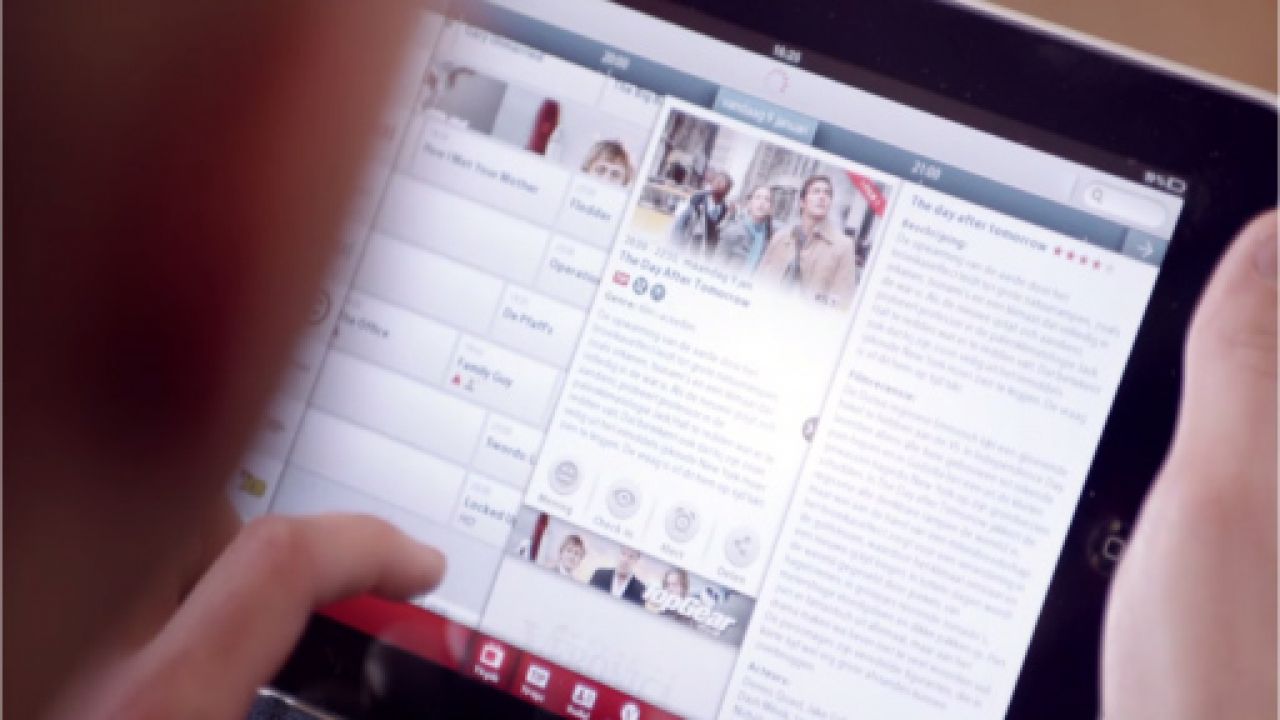You'd have to have been living under a rock to not see or read something about dual screen over the last 12 months.
The last year has witnessed the arrival of a number of new innovations around dual screen including consumer focussed platforms such as Zeebox and Umami, and apps built specifically around TV shows, such as The X Factor and The Walking Dead.
But despite the innovation and the growing interest around the topic, we’ve still not quite witnessed the avalanche of new, dual screen apps that so many people across the industry have predicted. So what’s the hold up? Is there actually consumer demand for these things? And if so, why is the industry seemingly reticent to do more in this space?
Today at MIPCOM, Red Bee Media unveiled findings from a new research study which aims to gauge the real demand among content consumers, and the appetite among content creators, broadcasters, platforms and advertisers to build dual screen apps and services. The findings paint an interesting picture.
Based on sample of over 2,000 UK consumers, it’s clear that there is a strong demand for dual screening. In fact over 86% of the consumers surveyed already dual screen on a daily basis, and over 44% of that number specifically connect to a second screen to find out more about a TV show or ad they’re watching on the main screen. That said, only 19% of respondents positively rate their ability to engage with TV shows via the second screen; 50% would engage more if they could do so on a smart device. It’s also interesting to understand who is dual screening. Perhaps unexpectedly, the most active group is the 18-34 segment, but the fastest growing group is the over 55s.
“So what?” you may ask. Well, these findings are significant because they demonstrate a real change in consumer behaviour. As all marketers know, when it comes to new product launches, one of the main reasons for failure tends to be around driving behaviour change. In the case of dual screen, this key ingredient already appears to be in place.
So, is the industry primed to release a new wave of dual screen apps to meet this demand? Aside from the non-traditional, new platforms (such as Zeebox), you’d have to agree that there’s not exactly been a flurry of new releases. And that’s not down to a lack of interest. In fact our research indicated universal industry interest in dual screen and an acute awareness of the potential benefits in ‘re-connecting with’ or ‘owning the consumer’. At the same time, however, a number of respondents also highlighted some niggling issues around dual screen – chief among them being the ability to prove or justify the ROI and bandwidth issues in managing what are potentially involved, high visibility applications with everything else that is already on the digital marketing plate.
So maybe the glorious march into multi-screen interactivity isn’t necessarily as straight forward as we dared to believe. But that said, such clear consumer demand doesn’t tend to go unanswered for long – and while the traditional providers in the media landscape wait, there are plenty of new entrants ready to steal the march. But that’s no criticism, because the challenges around dual screen hold water. Maybe the way forward is not to focus on the traditional ROI; maybe it’s time to experiment, to collaborate across the value chain, to capture the consumer first and then figure out the money flow.
Let me know your thoughts in the comments box below.
Kris Hardiman, Head of Product Management

